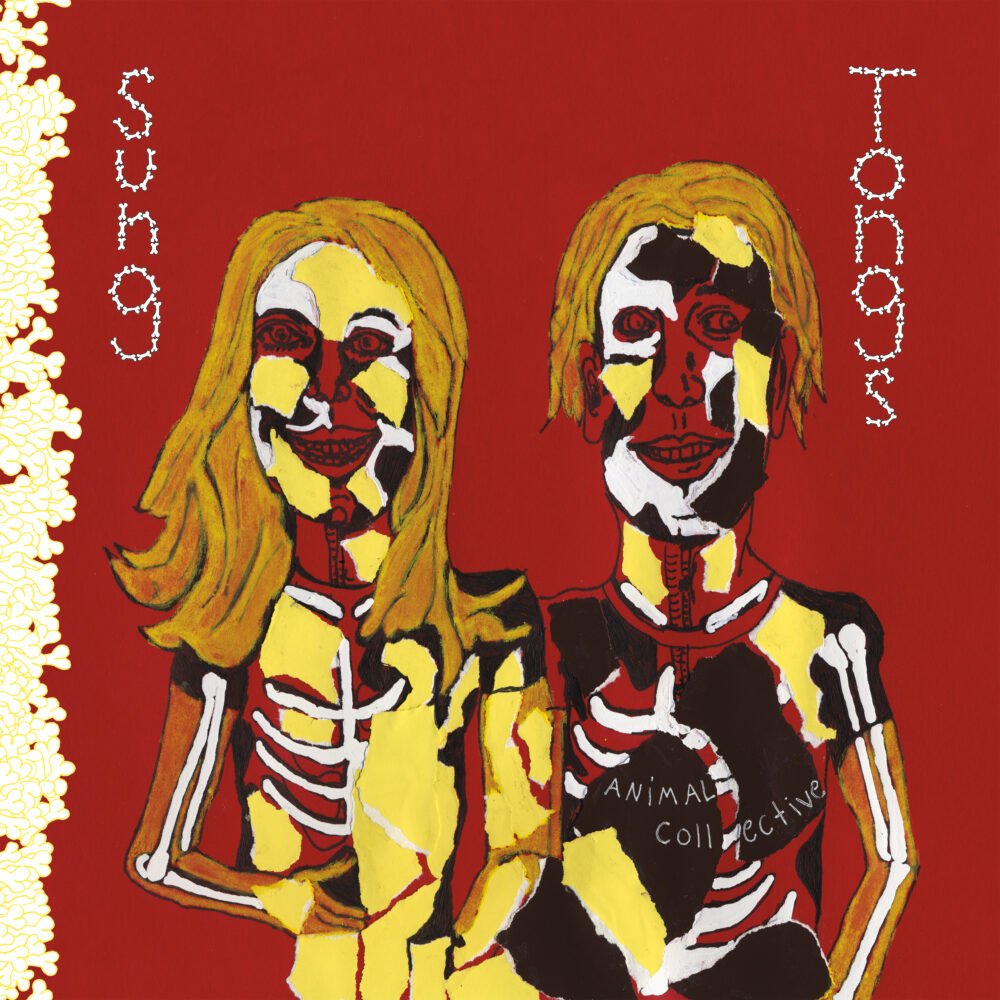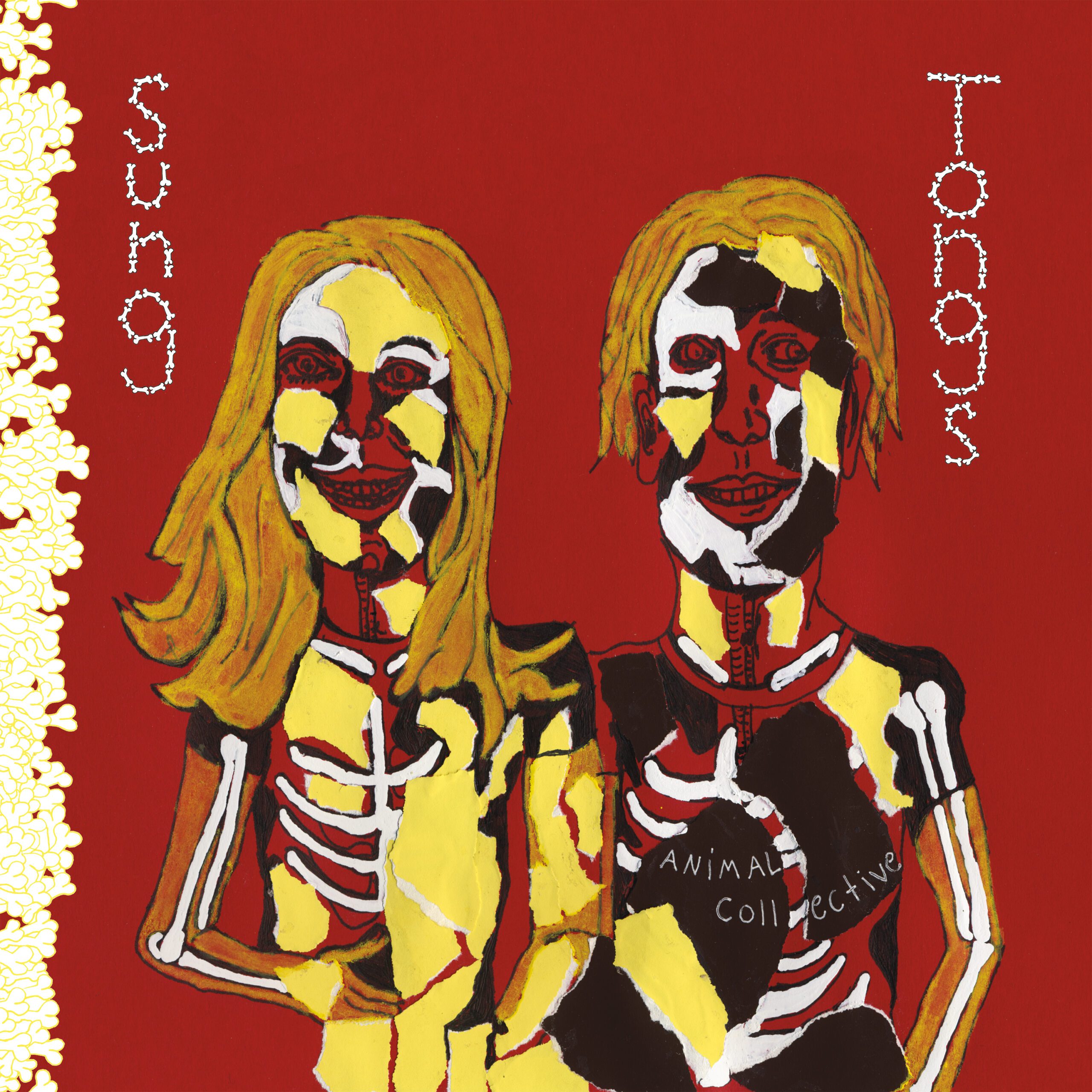
Despite the self-assuredness exhibited by Dave Portner and Noah Lennox in Sung Tongs, the journey to creating this album was fraught with challenges for Animal Collective. Lennox, known as Panda Bear, reflected on the tumultuous year leading up to this celebrated acoustic shift for the group, which celebrated its 20th anniversary earlier this year. “We were facing a lot of tension,” he recalled. “During the Ark tours, our van repeatedly broke down, costing us a significant amount in repairs.”
Each member of Animal Collective was confronting personal struggles; Josh Dibb, or Deakin, decided to step away from touring to navigate his emotional turmoil, while Brian Weitz, also known as Geologist, opted to pause his involvement to pursue graduate studies in Tucson. Portner had just lost his job at the renowned record store Other Music in Manhattan, and his apartment shared with Black Dice’s Eric Copeland suffered a fire just before the tour kicked off. Compounding these issues, Lennox was grieving the recent death of his father. “It was an extremely challenging period,” Lennox adds. “Perhaps change was necessary.”
Upon returning from the tour, the group recorded instrumental tracks for Ark, but decided to take a break from their usual dynamic as a four-member band. Although they quickly returned to rehearsals, their efforts yielded little in the way of cohesion. Subsequently, Lennox chose to concentrate on his solo project, Young Prayer, in part as a tribute to his father’s memory and to allow himself some personal time. This marked a pivotal moment where stepping back from their usual pace allowed the band to engage in self-discovery, laying the groundwork for a potential revival. Reflecting on this period, Portner noted, “It was a recurring cycle for us—returning to ask, ‘What’s happening?’—with lots of typical early twenties uncertainty.”
“We often push ourselves until we hit a wall,” Lennox shared, “and then we take a break to recharge our energy.”
Once Portner and Lennox reconnected, they drew on the vocal exercises and creative endeavors they had explored while completing Ark. They began to entertain the notion of working on new music, which Portner humorously referred to as being “guided by voices.” He started penning songs on his electric PRS guitar, aiming to ensure that the instrumental backbone of the record emphasized guitar and drums. This initial burst of creativity birthed three songs: “Spree,” “Who Could Win A Rabbit,” and an early rendition of “The Softest Voice.”
The duo’s relentless touring during this period proved to be crucial as they fine-tuned their sound around their burgeoning concept. Their first performance featuring these new tracks took place in a Virginia sports-bar-turned-electronic festival setting, where they struggled with overwhelming noise levels. “Someone even called the fire marshal over our volume,” Portner recalled with a chuckle. “They blasted our set through the entire restaurant, and they cut us off after one song!”
Fortunately, at that same festival, their second performance at a teahouse unfolded without incident. “No government officials arrived this time,” Lennox joked.
At this juncture, Portner and Lennox settled on using only guitars as their primary instruments, partly due to their inability to keep repairing equipment. They still regarded their earlier work, Campfire Songs, as a separate experiment and felt this project distinctly fresh. An influential moment came from the African Brothers International Band’s African Brothers Dance Band (International), which Portner had received from a friend. “It totally captivated me,” he recounted, describing the electric sounds and rhythmic guitars that inspired them to blend guitar work into their music construction.
As they embraced the spontaneity of their initial gigs, they sought to rein in the effects-laden sound that characterized those performances. “Some songs had to shine through, beyond just the effects,” explained Portner, posing the challenge: “Can we create our music solely with acoustic instruments and vocals?” A brief European tour also motivated them to commit to an acoustic style, mainly to simplify their travel logistics.
They soon aimed to make the acoustic guitars emulate an electronic sound, with influences from Kompakt artists and Gas. “We experimented with strumming the guitar softly to produce intriguing harmonics,” Lennox elaborated, introducing microtonal and drone elements into the mix. It was during this phase that Lennox began sharing his compositions, including the eventual Sung Tongs opener “Leaf House,” during their practice sessions.




Comment